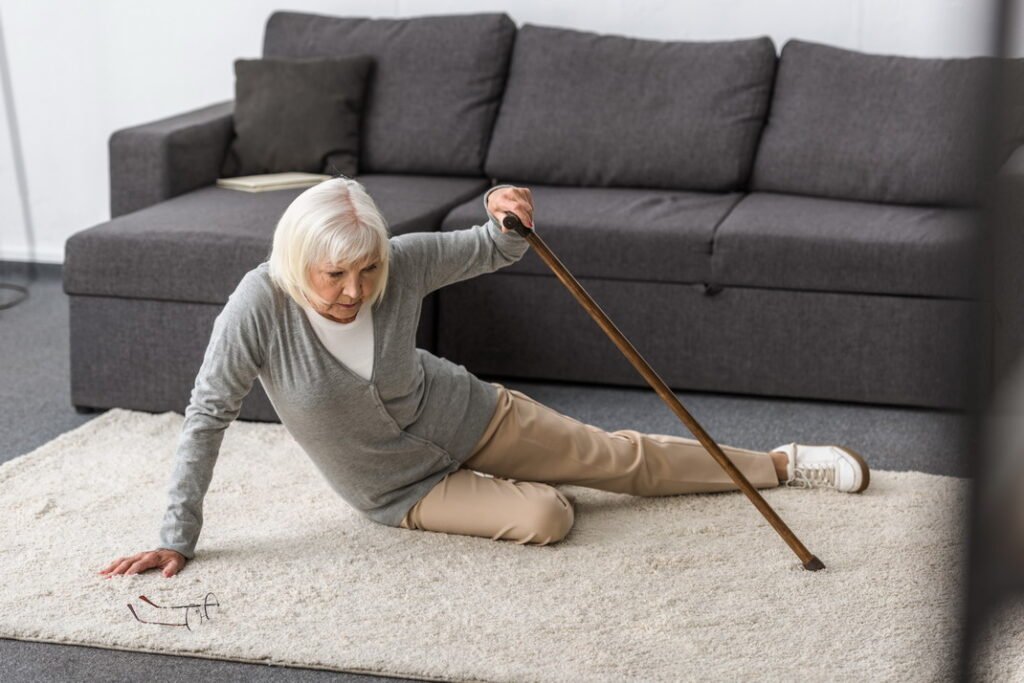Falling is no big deal in your twenties. It is a lot more serious when you are in your sixties or seventies. It doesn’t take much for a senior to accidentally fall and break a bone. And unfortunately, it is not unusual for seniors living alone to fall but not be able to get help for hours or days.
Vivint Home Security is a home automation and security provider that offers state-of-the-art equipment and monitoring services nationwide. They recommend senior alert monitoring for seniors who are at risk of household accidents and adverse health events. A senior alert system guarantees that help is just a push of a button away.
With that said, Vivint also recommends these top five ways to reduce falls in homes occupied by seniors:
1. Eliminate the Clutter
CDC data suggests that falling is the leading cause of injury and death among seniors. Some three million are treated annually for fall-related injuries. A key factor in many of those falls is clutter in the home. Clutter does not leave enough room to freely move about. When you combine clutter with poor eyesight, loss of mobility and other age-related issues, the risk of falling goes way up.
The easiest way to combat this particular problem is to eliminate the clutter. Remove unnecessary furnishings and decorations. Make sure all hallways and doorways are clear. Anything that impedes movement or presents a tripping hazard should be addressed.
2. Improve Lighting
Senior homes should have adequate lighting. What is considered adequate? Whatever amount of light is necessary to guarantee that a home’s occupants can clearly see at any time of night or day. In addition to standard lighting, senior homes should be equipped with nightlights and, in key locations, motion-sensitive lighting. Extra lighting is always helpful in hallways and stairwells.
3. Install Grab Bars in the Bathroom
The bathroom is a hazardous place for seniors. Most bathrooms do not leave a lot of room for movement, and getting in and out of the tub only adds to the risk. An effective way to reduce falls in the bathroom is to install grab bars. Both the tub/shower and toilet areas are good candidates for installation.
Along those same lines, it is important that all staircases be equipped with secure handrails. The handrail is as important on the stairway as grab bars are in the bathroom.
4. Put Things Within Reach
Some household falls are the result of seniors having to get to things they cannot reach from the floor. Items in a high kitchen cupboard are good example. It is not wise for seniors to use step stools, so it’s better to take those things out of the high cupboard and place them someplace lower. Just by putting things within reach, the risk of falls can be reduced.
5. Remove or Secure Rugs
Throw rugs and area rugs represent a significant tripping hazard. If they can be removed, doing so is the best bet. If not, double-sided tape around the perimeter will keep the edges of the rug more secure. The idea is to keep the edges from curling up and creating a tripping hazard. Any throw rugs that move freely across the floor should also be secured with double-sided tape.
The CDC says that thirty-six million seniors fall every year. More than 32,000 of them die as a result of their injuries. The thing about falls is that they can be prevented in most cases. It is really just a matter of looking around and identifying what can cause trips and falls, then correcting those things.

